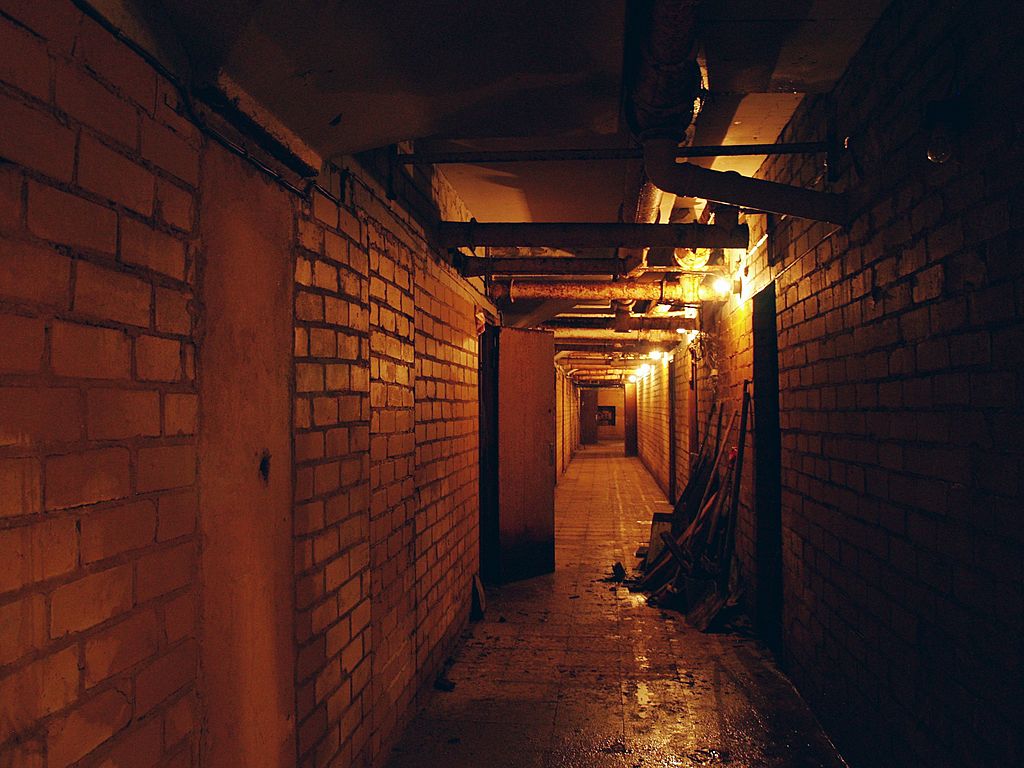
Less than ten per cent of the Croatian population can be accommodated in the country's 2,040 shelters. This is according to the State Audit Office's report on the management and utilisation of shelters for citizens.
These shelters have a capacity for 368,000 citizens, which corresponds to 9.5 per cent of the population according to the 2021 census, the report says.
More than three quarters of the shelters, namely 1,637, are located in the 14 largest cities, most of them in Zagreb, where 168,000 residents of the capital can be accommodated.
The cities mentioned in the report manage 476 shelters, 170 of which are in use.
Example of the reality in Finland and Croatia
As an example of best practise, the report cites Finland, which together with Switzerland has the largest number of shelters in Europe. The public shelters can accommodate more than 4.5 million of the total 5.6 million citizens and, if necessary, they can accommodate the entire population.
Croatia does not know the number or condition of its shelters, and Croatian law does not define what is meant by a public shelter. At the end of 1998, the obligation for municipalities and cities to build public shelters was abolished, and later also the obligation for investors to build shelters when constructing residential and commercial buildings. Even later, investors who were not obliged to build a shelter for certain reasons no longer had to pay a contribution towards its construction.
Considering that Croatia has 428 municipalities and 127 cities, this means that 405 municipalities and 50 cities have no shelters
The report also noted that the Act on the Civil Defence System, which came into force in 2015, stipulates that municipalities and cities are responsible for the management and maintenance of public shelters on their territory, but does not specify what is meant by a public shelter.
The National Protection and Rescue Directorate, which was responsible for the civil defence system at the time, did not issue any instructions on the interpretation of public shelters and the assumption of tasks, which is why it was not possible to determine which shelters should fall under whose jurisdiction.
For this reason, the cities treated shelters differently and there was also the problem of managing shelters in residential and commercial buildings, where ownership was usually unclear.
No information on whether the shelters were built after 2000
In addition, the Directorate has no information on whether shelters were built for citizens after 2000.
According to data from September 2023, there are 2,040 shelters in Croatia with a capacity for 367,965 people, which corresponds to 9.5% of the total population according to the 2021 census.
These shelters are located in 100 cities and municipalities, 2007 are in 77 cities, and 33 shelters are located in 23 municipalities.
At the end of 1998, the obligation for municipalities and cities to build public shelters was abolished, and later also the obligation for investors to build shelters when constructing residential and commercial buildings. Even later, investors who were not obliged to build a shelter for certain reasons no longer had to pay a contribution towards its construction
Considering that Croatia has 428 municipalities and 127 cities, this means that 405 municipalities and 50 cities have no shelters.
The largest number of shelters for citizens is located in Zagreb, namely 1,055, which is 51.7% of the total number of shelters in the country.
After a detailed analysis of the condition and management of the shelters, the report found that seven of the 14 largest cities manage and utilise the shelters for citizens partially effectively and the other seven do so, but need certain improvements.
The first group includes Bjelovar, Dubrovnik, Koprivnica, Slavonski Brod, Split, Velika Gorica and Zadar, as well as the Directorate for Civil Defence. In the group of those whose administration was assessed as effective are Karlovac, Osijek, Pula, Rijeka, Varazdin, Zagreb and Zapresic.
Kakvo je tvoje mišljenje o ovome?
Pridruži se raspravi ili pročitaj komentare



 Srbija
Srbija
 Bosna i Hercegovina
Bosna i Hercegovina
 Slovenija
Slovenija







